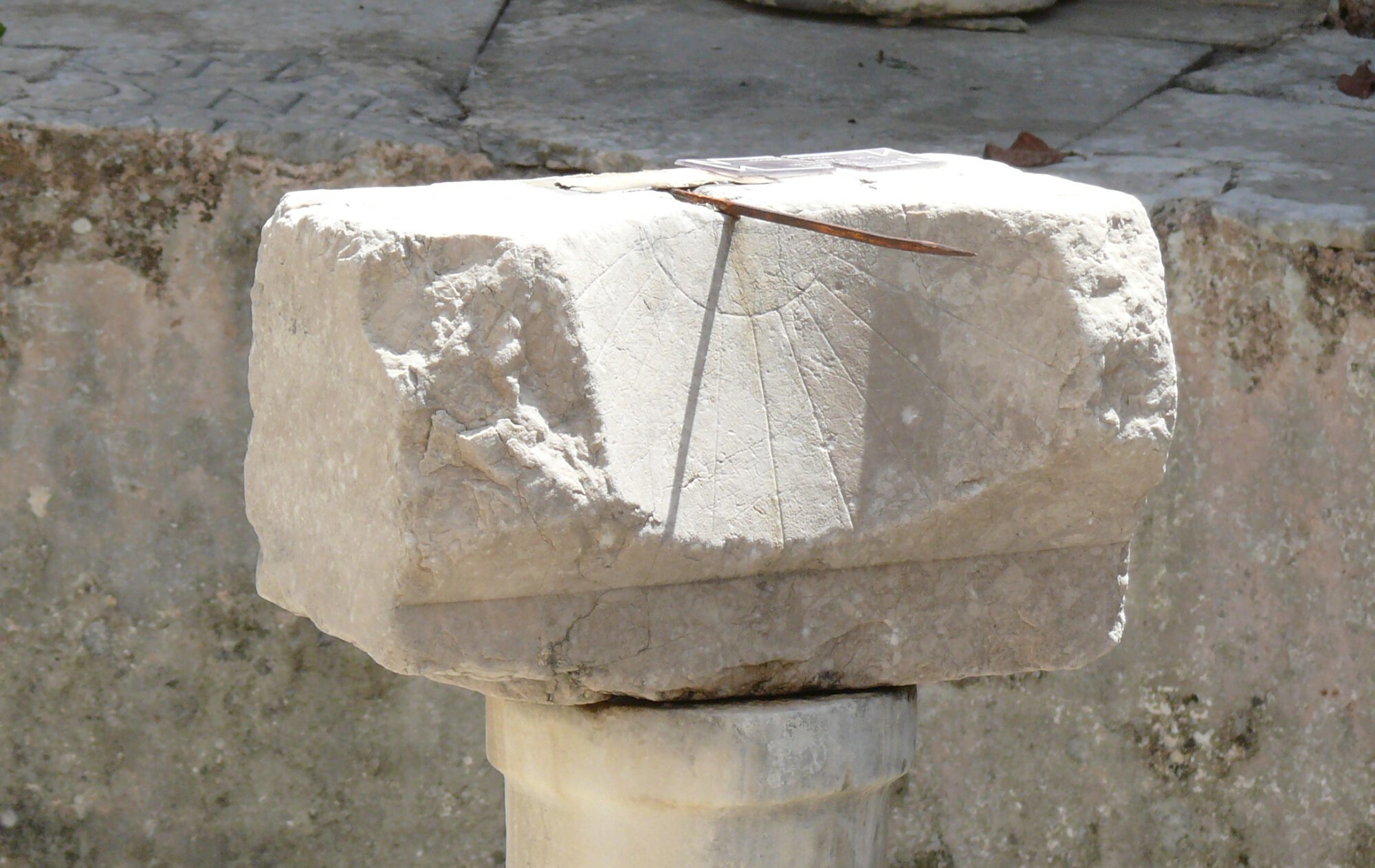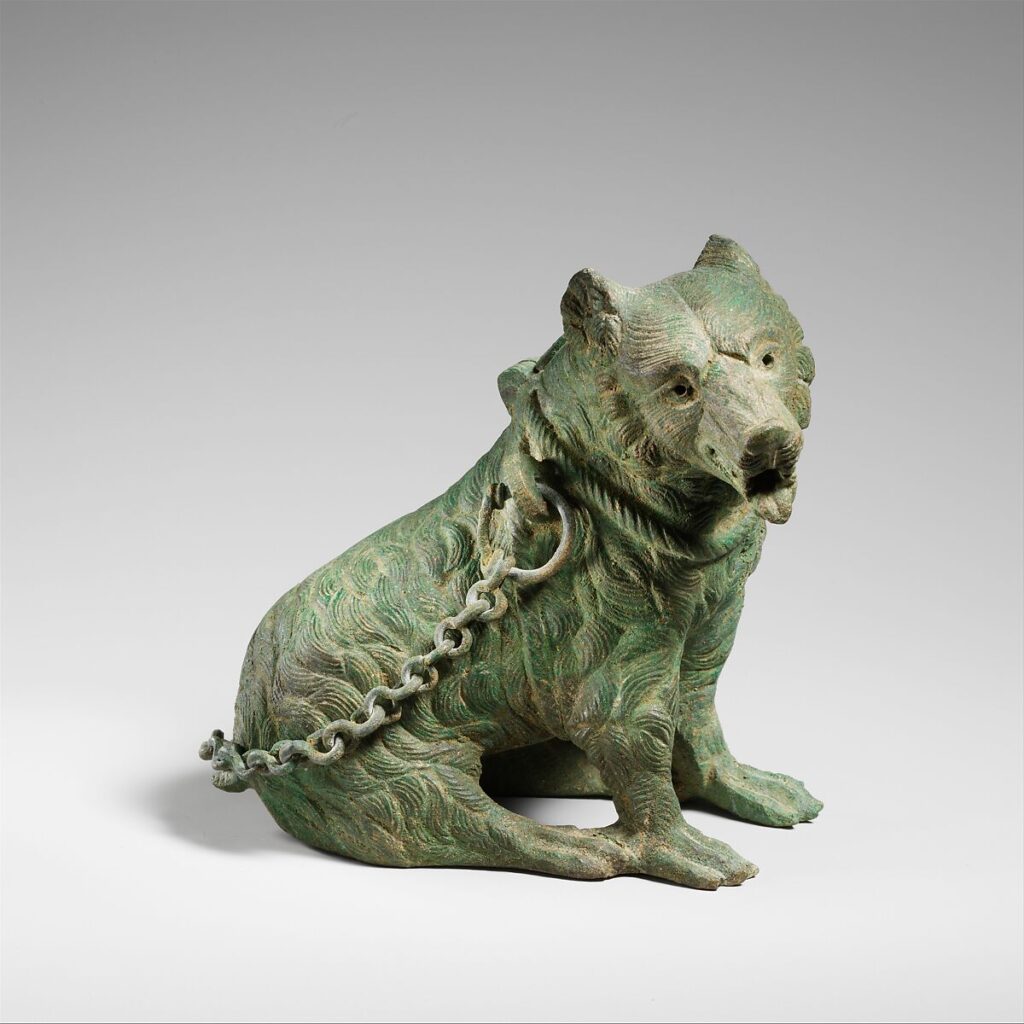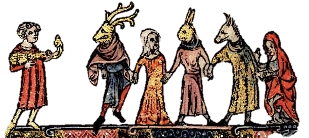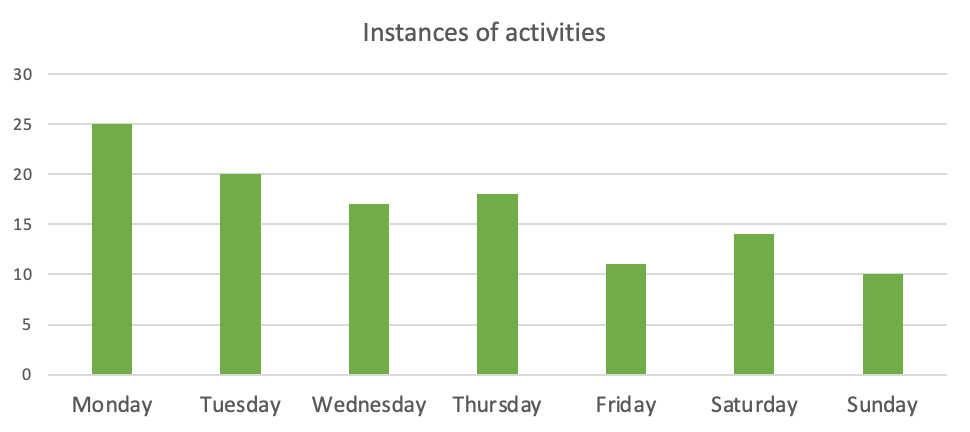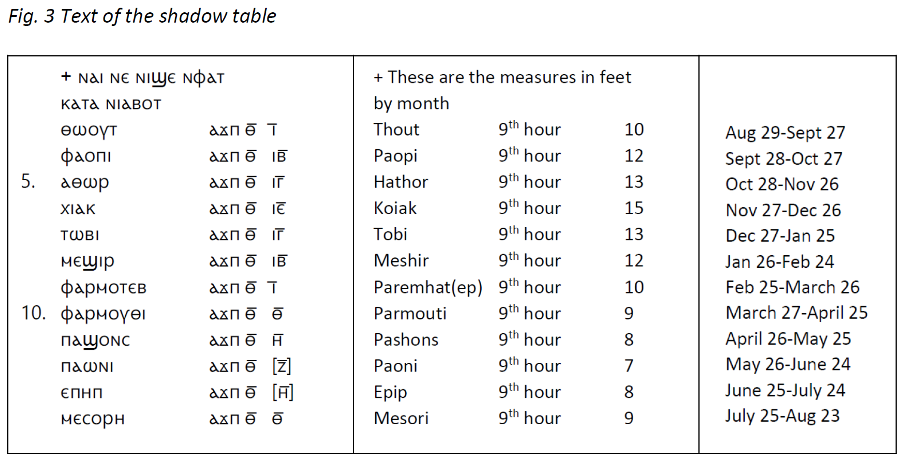Every four years, the month of February counts 29 instead of 28 days. Yesterday, this happened again. In this way, our calendar keeps up with the astronomic speed with which the earth runs its course around the sun. Adding this day to February was a measure implemented by Julius Caesar in 46 BCE. It was part of a larger calendrical reform meant to get rid of a discrepancy of no less than 90 days (!) between the Roman calendar of his day and the seasons the months and festivals referred to. Some authors, like Appian and Dio Cassius, say the Egyptian way of measuring time in a calendar had inspired Caesar.
Egypt was indeed clearly ahead of Rome in terms of calendrical knowledge. Before Caesar’s reform, Rome had a calendar of 12 months (of 31, 29 or 28 days) which together formed a 355-day year. This year was irregularly expanded with an intercalary (i.e. thirteenth) month. Such a system of inserting an intercalary month also existed in ancient Greece, but there the months strictly followed the moon, and a regular cycle for intercalation was developed to keep the lunar year in line with the solar year, which made the result less chaotic. Egypt, on the other hand, had long had a perfectly regular 365-day calendar, with twelve 30-day months and five epagomenal (i.e. additional) days at the end of year. The Egyptian astronomers realized that this calendar too moved out of line with the seasons. Already in 238 BCE, there was an attempt to add an extra day to the end of the year every four years to solve this problem. This was decided in the so-called decree of Kanopos, which was inscribed on stone in both Greek and Egyptian. In this decree, priests from all over Egypt expressed their intention to honor the royal couple of Ptolemaios III and Berenike II with a special feast day. To ensure the Egyptian New Year would always coincide with the rising of Sirius, ‘the star of Isis’, this royal holiday was planned as an extra epagomenal day in a four-year cycle. Sadly, this plan was never really implemented, probably due to the unwillingness of priests themselves.
Priestly unwillingness probably also played a role in the persistence of Rome’s flawed calendar. Here the pontifex maximus was responsible for intercalation. Although the problems of the Roman calendar were well known by the second century BCE, the pontifices were very reluctant to change anything to the traditional calendar, which was charged with religious meaning. Their decision whether or not to add an additional month, on the other hand, was often given in by political motives, even when this led to a clear discrepancy between calendar and astronomic reality. When Caesar became pontifex maximus he decided to bring an end to this. To remedy the calendar’s backlog, he added three extra months to the year 46 BCE. For the next years, he added one or two additional days to seven of the months, and turned the king’s intercalary month into an intercalary day. But he was very careful not to change too much, realizing very well that calendar change is a very sensitive topic. He for example kept the alternation between longer and shorter months (which survives up to today), and added the leap day to February, after the sixth day before the Calends of March, that is at the same moment the intercalary month had traditionally been added. This insertion in this particular place is also why the leap day was known as the ‘bissextus’, the ‘second-sixth’ day before the 1st of March.
Caesar sorted out the problem, but those who came after him managed to make a mess out of the calendar again. His successor to the function of pontifex maximus of Rome added the intercalary day every third year instead of every fourth, which again led to a discrepancy between calendar and astronomical year. The emperor Augustus finally restored order to the galaxy by correcting this pontifical mistake.
Caesar’s reform assumed that the length of an astronomical year is exactly 365,25 days long. This is just a tiny bit too long. Only by the sixteenth century CE, the slowly growing discrepancy became an issue. It again was a pontifex maximus of Rome, pope Gregory XIII, who reformed the calendar. His primary concern was not, however, a perfect synchronization of the calendar with the astronomical year in the way it had been designed by Caesar. Gregory wanted to celebrate Easter as the first Council of Nicaea (in 325 CE) had decided a good Christian should. Therefore he only skipped 10 days. Three more would have brought us back in line with Caesar.
Kevin Hoogeveen and Sofie Remijsen
_________________________________________
The main source for this blogpost was: Roland Färber and Rita Gautschy (eds.), Zeit in den Kulturen des Altertums. Antike Chronologie im Spiegel der Quellen (Cologne 2020).
